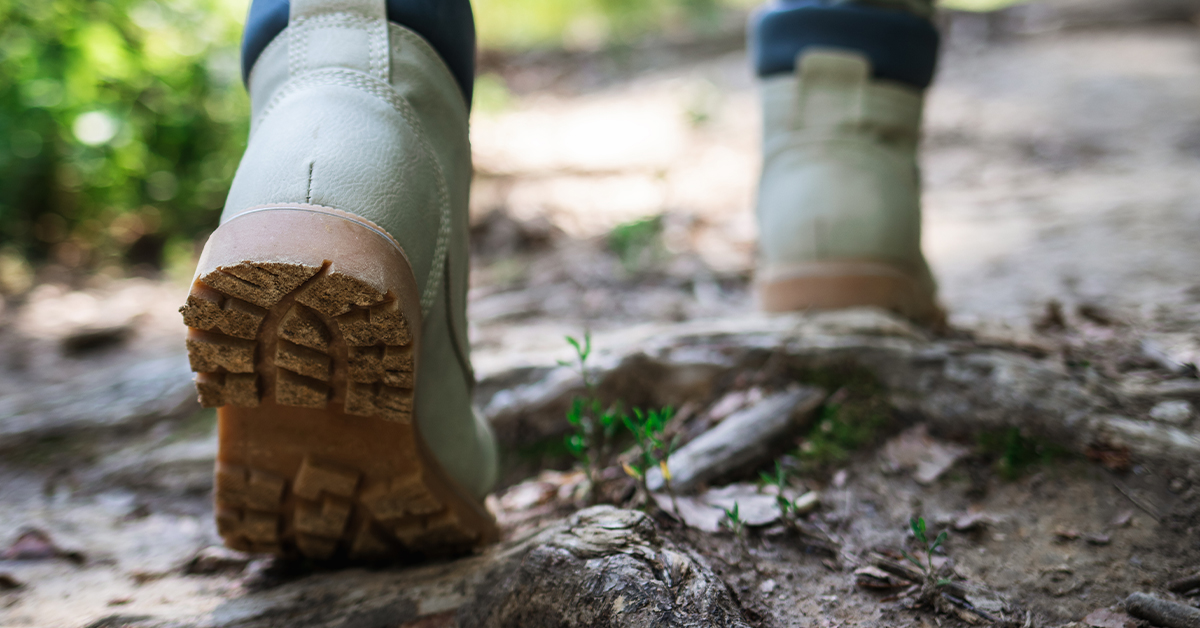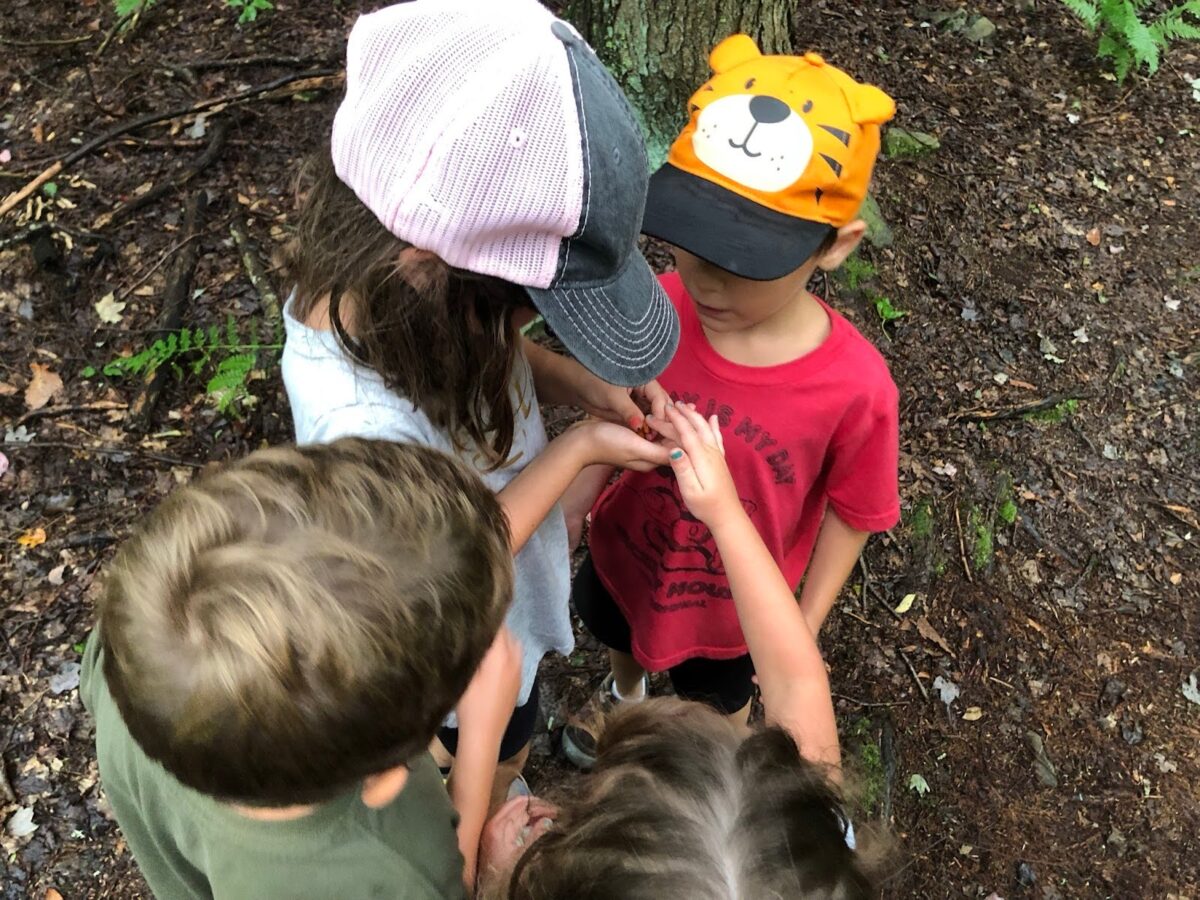
Everybody has plans until they get hit for the first time.
– Mike Tyson
Nothing hits harder than reality.
When my wife and I began our foster parenting journey several years ago, we had big plans. Beyond making sure the basic needs of our foster kids were met, we wanted to teach them to trust again and build meaningful relationships. We wanted to create a sense of family through authentic, shared experiences. We wanted to show them how to play, learn, and adventure. And, while my wife was much more realistic with her expectations, I wanted to do it all at once.
Reality, however, had other plans.
It wasn’t long before I realized we had to prioritize our goals for them. While prioritization is something most people do naturally and for the most part unconsciously, as foster parents, we had to do it with great deliberation and intention. This is not as easy as it seems.
Every choice to do something removes the opportunity to do something else. You might have 10 urgent tasks to accomplish, and you know that on a good day if everything goes perfectly and nothing gets in the way, you can accomplish maybe three of them. And if things go off the rails, you might be able to get just one of those things done. But only if you’re lucky.
That’s the life of a foster parent.
In the world of education, where I live as the owner and CEO of Demme Learning, there is an accepted fact that is often forgotten regarding a child’s ability to learn: if they are unsure whether they’ll have food when they get home, kids probably won’t do well on a spelling test. When their mental and physical energy is focused on survival there isn’t much left to focus on spelling vocabulary words correctly. This means the basics have to come first.
We absolutely wanted to teach our foster kids to enjoy life and have adventures, but for us, it wasn’t the best place to start. Unlike most parents who could just step out the door and start an adventure with their children, we had to build to that point. At the same time, we knew we had to have an enjoyable catalyst for building trust and creating attachments.
We have taken every child who has come through our door on short nature hikes. We discovered this activity not only helps cultivate learning but also helps accelerate their attachment to you as a caregiver.
Besides being a healthy activity for kids, outdoor hikes and adventures can do much more. On the attachment front, hiking in the woods compels kids to subconsciously depend on their parental figures for safety, food, drink, clothing, directions, and, of course, their ride home.
In the beginning, they relied on us for everything; we carried the water, the coats, and the snacks. As they progressed and built stronger attachments, we watched them become more confident and take on greater responsibility by learning to take care of their own basic needs such as carrying a backpack with their own snacks, water, and extra clothing.
Nature is a sensory-rich environment and kids who don’t have many past experiences with nature need to have sensory interactions modeled for them. That means, as experienced guides, we are the ones who must get down in the dirt with them, turn over rocks, find salamanders, throw stones, break branches, balance on logs … and show them everything else they want and need to learn.
Today when we take our kids on outdoor adventures, we start with the hikes they recognize to comfort them with familiarity and create a shared experience. Then, we introduce them to new hikes to help keep things fresh and exciting.
Outside of the emotional connections and trust-building, nature hikes have allowed us to introduce imaginative play. A stick becomes a sword or a cane, creepy branches become stalking dragons … or we just drop down on all fours and transform into puppies.
You can only imagine the strange and confused looks we’ve received from hikers who’ve happened upon us – a small, ragtag litter of human puppies barking loudly and romping wildly through the woods.
Only when the trust is built, and the connections are made can foster parents start working on “adventuring” with their foster kids. The most important thing to remember is that each kid is different and, most importantly, each kid is different each day, and sometimes each minute. Their level of attachment and feelings of security will dictate how they interact with risks and whether they are willing to take chances. For some kids being adventurous is climbing a tall tree; for others, it is picking up a salamander.
Speaking of salamanders … one time we were hiking with the kids after a rainstorm and saw hundreds of salamanders. Three of our kids were finding them and picking them up, especially my five-year-old daughter, who had dozens of them in her hands (and crammed into her pockets).
Watching her and the others, one of my boys remarked wistfully, “I wish I was the type of kid who picked up salamanders.”
We’ve now adopted our current kids. We’ve seen them progress, build trust with us, establish meaningful relationships, and genuinely learn to be adventurous.
Which is why, on that rain-soaked, lizard-riddled hike, I was as proud as any father could be when my wistful son crouched down, smiled up at me … and boldly became the type of kid who picks up salamanders.





Leave a Reply